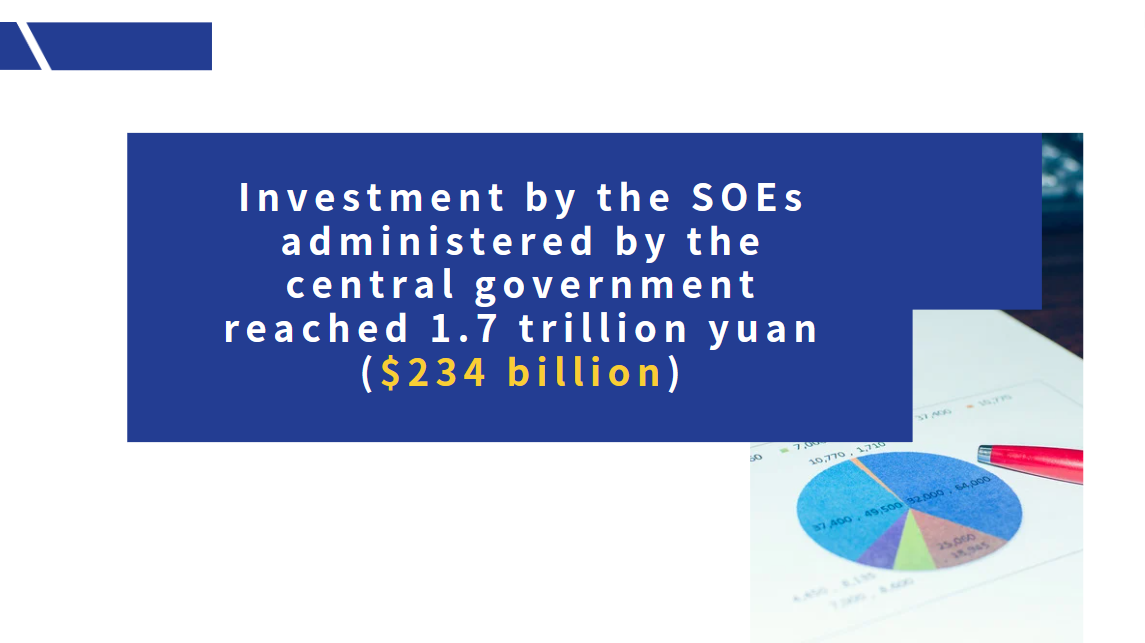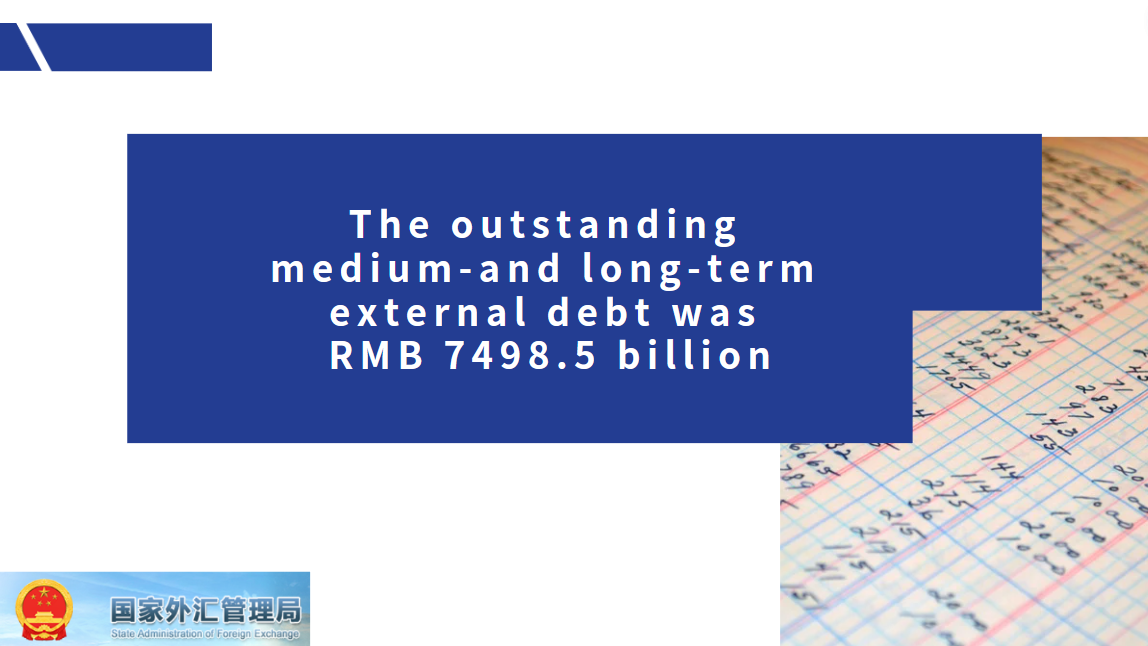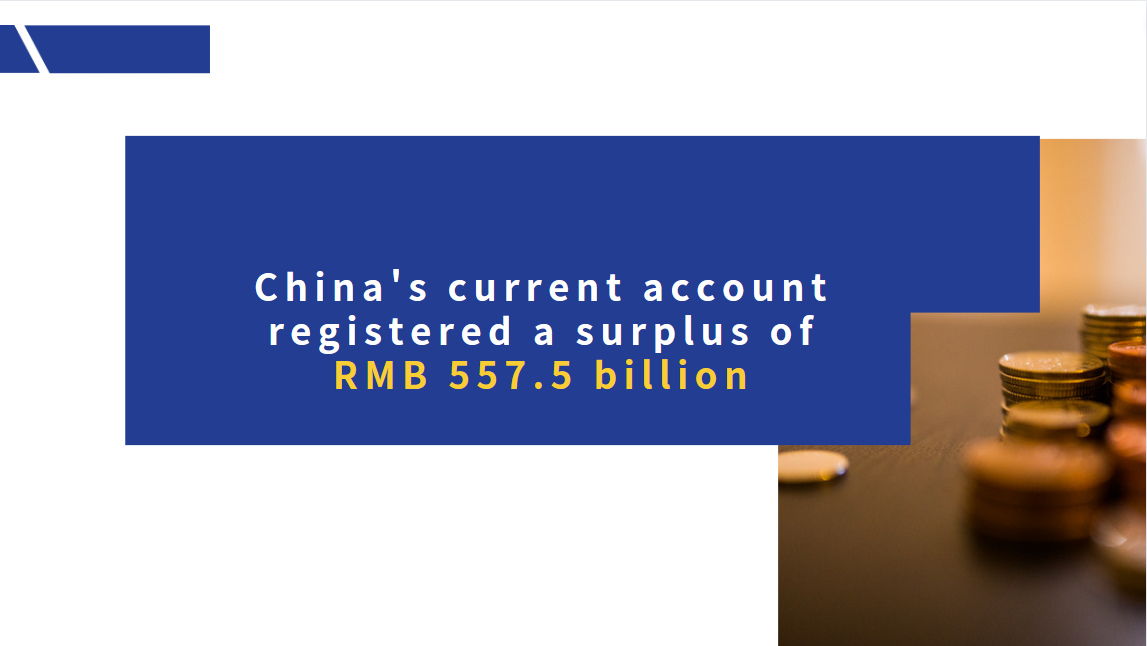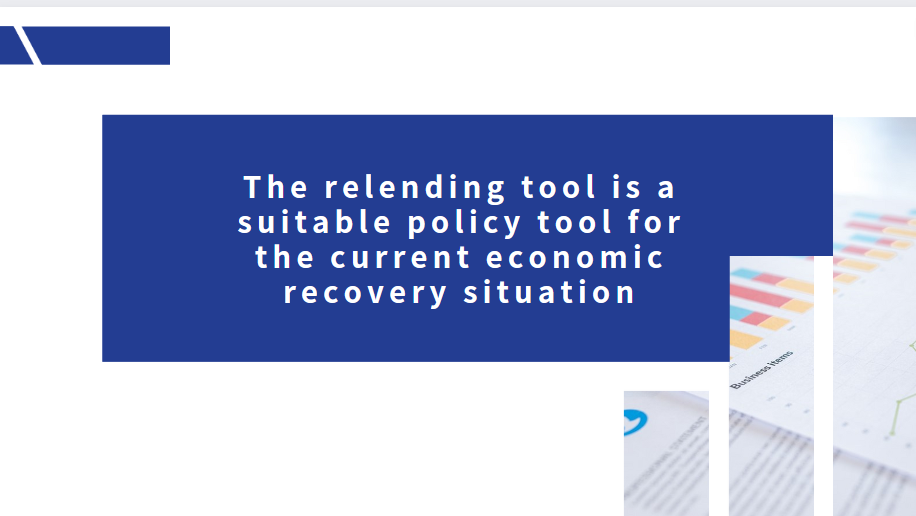A Unique Landscape Comprising Key Industrial Parks (Clusters) Takes Shape in 'Two Zones' in Beijing
Key industrial parks (clusters) are important carriers for the advancement of the Integrated National Demonstration Zone for Opening up the Services Sector and China (Beijing) Pilot Free Trade Zone (the "Two Zones" for short). They also serve as vital hubs for showcasing the notable achievements made in the Two Zones. Recent monitoring statistics in 2023 show that the enterprises located in the 20 industrial parks (clusters), which amount to no more than 20 percent of all businesses in Beijing, have contributed almost 30 percent of the income and tax revenue of the city. These enterprises have also created over 20 percent of employment opportunities, demonstrating a positive influence on Beijing's economic development. At present, various industrial parks (clusters) have commenced highlighting their unique characteristics, gradually presenting a comprehensive development pattern within the city.
I. Clusters in China (Beijing) Pilot Free Trade Zone Showcase Their Unique Features
Haidian Cluster sees a strong driving force in making innovation. In this cluster, over 60 percent of enterprises have engaged in activities related to research, development and innovation.
The input intensity of research and development of these enterprises has surpassed 15 percent, ranking the highest among all other clusters. Changping Cluster has continuously made strides in the medicine and healthcare sector, as the enterprises operating within this cluster have demonstrated an input intensity of research and development that surpasses 30 percent. Chaoyang Cluster stands out for its exceptional strengths in foreign-funded enterprises, taking a leading role among other clusters, with the number of foreign-funded businesses above the the state-designated scale and displaying impressive growth rates of operating revenues. Tongzhou Cluster is witnessing a rapid recovery in industries of, such as, cultural trade and business conventions and exhibitions. Enterprises involved in conventions and exhibitions, as well as travel agencies above the state-designated scale, have demonstrated year-on-year doubled growth rates in their operating revenues. The growth of the airport economy in Beijing has been significantly supported by both Beijing Capital International Airport and Beijing Daxing International Airport. In Shunyi Cluster, the total import and export volume of goods has surpassed 40 percent of the total number in the China (Beijing) Pilot Free Trade Zone, representing a 16.2 percentage point increase compared with the figure in 2022. Similarly, in Daxing Cluster, the operating revenues of the aviation-relevant enterprises above the state-designated scale have undergone a surge, increasing by more than 300 percent. The E-Town Cluster has demonstrated impressive growth rates, with enterprises above the state-designated scale in both the information services and automobile manufacturing industries recording double-digit increases in the operating revenues of both industries.
II. Steady Growth of Financial Sector Witnessed in Financial Parks
The Financial Street, Lize Financial Business District, and Beijing Banking and Insurance Business Park have all witnessed steady growth in the operating revenues of financial enterprises above the state-designated scale. Specifically, the number of capital market service enterprises now represents approximately 60 percent of the total figure, with the operating revenues of enterprises engaging in both monetary and financial services, as well as the insurance sector, surpassing CNY 100 billion respectively.
III. Technology Service Sector Enjoys Rapid Growth in Industrial Parks Renowned for Preferential Policies
The Future Science City, Huairou Science City and its east zone, and the Agricultural Technology Park have each demonstrated a year-on-year increase of 10 percent in the operating revenues of enterprises above the state-designated scale. Notably, the technology service sector has achieved a growth rate of 13 percent.
IV. Technology-based and High-end Manufacturing Industrial Parks Demonstrate Distinctive Innovation-driven Features
In technology-based and high-end manufacturing industrial parks such as Zhongguancun National Innovation Demonstration Zone's Chaoyang Park, Yanqing Park, and Mentougou Park, over 60 percent of operating revenues have been contributed by enterprises engaging in the sci-tech and manufacturing sectors. These businesses have demonstrated commitments to innovation, with a total research and development expenditure exceeding 80 percent. Moreover, more than 20 percent of enterprises in these parks are specialized, high-grade, and innovation driven businesses that provide distinctive products or services.
V. Cultural Tourism Parks Witness Rapid Recovery
Universal Beijing Tourist Resort, a landmark project in Tongzhou District's cultural tourism area, has attracted numerous tourists and stimulated various forms of consumption, including ticket purchases, accommodation, tourism, and shopping. Moreover, the establishment of a multifunctional urban cultural space in Longfu Temple Area has made new forms of business, namely culture, space, entertainment, and experiences, become the new highlights of the regional development. Enterprises above the state-designated scale in these two places have demonstrated an year-on-year 30-percent increase in the operating revenues.
The implementation of special development projects and three-year action plans in key industrial parks (clusters) has led to changes in the composition of enterprises. Currently, financial enterprises represent over 40 percent of all businesses in financial parks, while enterprises engaging in manufacturing, technology services, and information services make up more than 50 percent of the total number of businesses in science and technology and high-end manufacturing industrial parks. Moreover, cultural tourism parks now have more than 40 percent of enterprises involved in wholesale and retail, accommodation and catering, and cultural and sports entertainment. Moving forward, the city plans to allocate greater efforts toward supporting major industrial parks in developing their featured industries, enhancing regional openness, and achieving significant milestones in the development of the Two Zones.






















































First, please LoginComment After ~